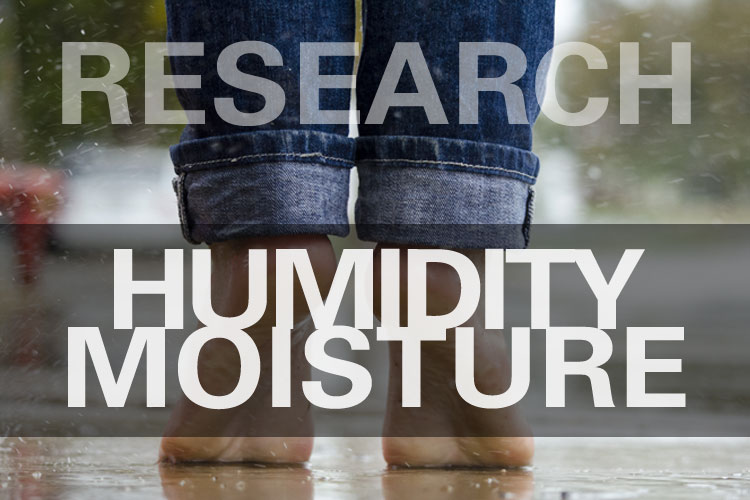Wheat straw, in the form of compacted bales, is increasingly used as thermal insulation in the external walls of buildings. Common practice is to use a render finish, applied directly to surface of the straw bales, to protect them from decay, and enhance structural performance and fire resistance. Coatings are typically made of water vapour permeable materials, such as lime or earth-based renders. Such coatings should allow water vapour to diffuse through, minimising the risk of liquid moisture build up within the thickness of the wall, reducing likelihood of decay. However, to date there has been very limited scientific study of this behaviour in rendered straw bale walls.
The aim of the work presented in this paper was to develop understanding of the hygrothermal performance of lime rendered wheat straw bales. A test panel was subjected to varying environmental conditions, including a thermal shock, dynamic freeze–thaw exposure and hot humid conditions. Key scientific contributions of this work include data on the dynamic and steady-state hygrothermal characteristics of wheat straw bale walls, combined with the application of heat and moisture modelling. This work will further support uptake of straw bale construction by designers and their wider use in energy-efficient construction projects.
Authors: Thomson, Andrew; Dick, Kris; Walker, Pete
Link: https://www.icevirtuallibrary.com/doi/10.1680/jcoma.18.00054



